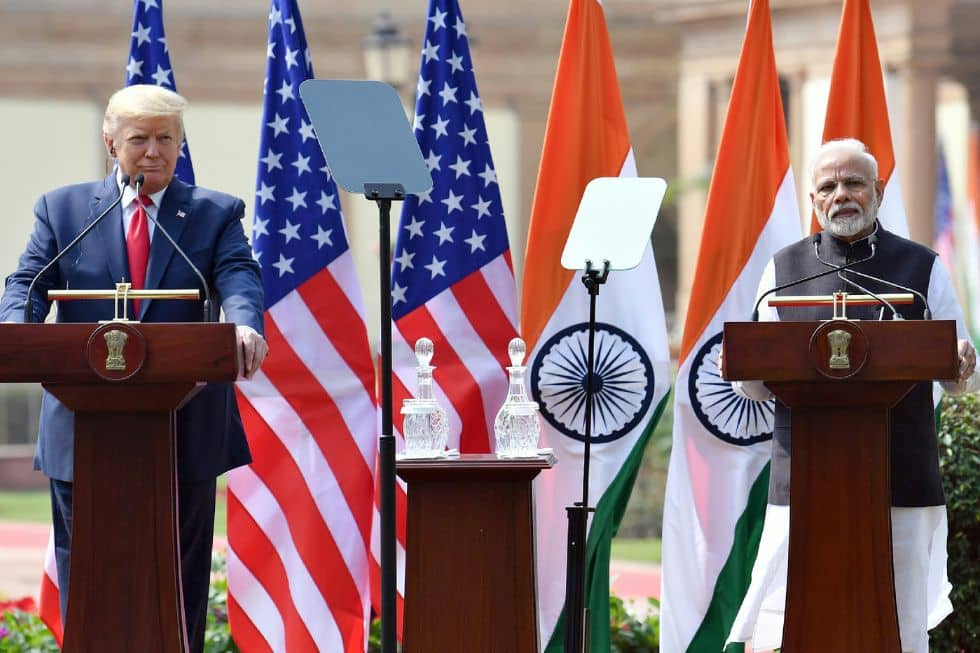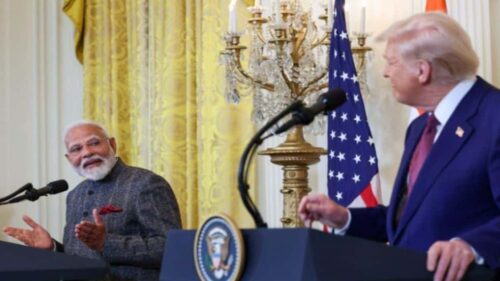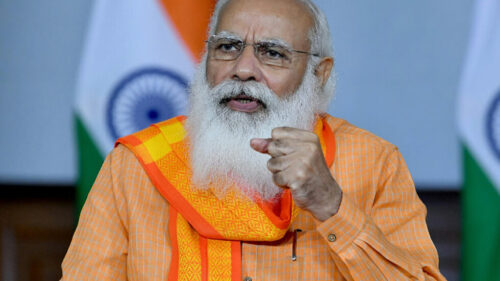US President Donald Trump has signed as many as 26 executive orders on the first day of his second term. This new record has resulted in unrest among the Indians who are questioning the achievements of Indian Prime Minister Narendra Modi over the past decade. However, much of these criticisms are coming from armchair experts who develop their perception from Hollywood and Netflix rather than grounded reality.
Differences in the political systems
It is important to recognise that the US and India have different political systems—while the US is based on the presidential system, India is based on the parliamentary system. Thus, the procedures and the political undertakings differ accordingly. In the US, governance is often dictated by executive orders which are issued by the president relatively swiftly and without lengthy legislative processes but can be easily blocked or repelled by the court or succeeding administrations. In contrast, India’s governance functions through consensus-building and careful deliberation in a multi-party parliamentary framework. Policies which are passed are hard to alter and require a gradual and lengthy procedure to reform.
The US party system is essentially bipolar, having distinct ideologies. Such a system often leads to radical shifts in policy with change in government, causing uncertainty. In India, due to its parliamentary system, decision-making and reforms are slow, which ensures continuity and relative stability.
The analogy of a banyan tree will best describe India’s polity and governance—growing slowly, spreading its roots deep, and standing the test of time. Unlike the abrupt policy shifts common in many Western democracies, India’s approach is rooted in patience, adaptability, and an unwavering commitment to long-term transformation.
Another significant point of difference is based on the practice of federalism by the two countries. The executive orders issued by the president of the US are not automatically applicable at the state level. States have the autonomy to implement or reject the federal directives. For instance, while Trump declared there are only two genders, the California government recognised a broader spectrum of gender identities. India follows a model of cooperative federalism with separate lists of areas outlined in the constitution for central and state legislatures. Important subjects like security and finance are under the jurisdiction of the central government and apply to all the states automatically. State governments have the autonomy to formulate policies on matters such as development, land revenues and local governance. Such a division in power fosters uniformity while catering to regional flexibility.
History of the two nations
America is a nation of settlers and migrants established by profit-oriented people rooted in freedom. Over 400 years, America became a global superpower—militarily, economically, scientifically, and technologically—thriving under the banner of liberty for 300 years. Its approach has been marked by speed, assertiveness, and result-oriented action. America sees the world in binaries: good or bad, ally or enemy, democracy or autocracy, profit or loss. Indian or the Bharatiya civilization has a 10,000-year-old legacy of resilience, where empires thrived and vanished like waves. It has endured invasions, subjugation, and colonization for a thousand years. Despite facing such formidable forces that attempted to destroy the social fabric, communal ties, family system and economy, the civilization held firm. Since Independence in 1947, India has progressed and regained its voice at the global stage. This resilience, however, has come with scars. Historical diversity has been manipulated into divisions, leaving deep social imprints. Still, India continues to grow and adapt to modern systems. It views history as layered and complex and takes an ethical approach to society and politics.
The US and India are fundamentally different in their origins, philosophy, ethics and identity. Understanding these complexities is crucial to appreciate the unique political approaches undertaken by each system.
Achievements of the Modi administration
After centuries of struggle, the Ram Mandir was built in Ayodhya under the Modi administration through democratic and legal means. One of the most significant achievements of the Modi government, as pointed out by Home Minister Amit Shah, has been that 600 million people were provided with basic needs, and 250 million were lifted out of poverty. Under Modi, India has attained policy stability which has brought global recognition.
Since independence, India has produced numerous brilliant ideas and it has been essentially under Modi that many such ideas were executed.
One of Modi’s key achievements has been the integration of the nation—both geographically and emotionally. The historic abrogation of Article 370 has ended decades of ambiguity in Kashmir, bringing it into the national mainstream. Simultaneously, his efforts in the Northeast have brought unprecedented connectivity, stability, and inclusion, with long-pending issues of insurgency and development finally being addressed. Modi’s governance has focused on national unity, bridging regional divides while ensuring that development reaches the last mile.
As Tocqueville noted, “The greatness of America lies not in being more enlightened than any other nation, but rather in her ability to repair her faults.” However, America needs to recognize that in the process of rapid growth, development has become exclusive. Unlike in the US, the Indian political society focuses on the means and the end equally and thus a procedure based on democracy and deliberation is best suited for Indian polity. India should strive to make policy implementation effective and remove administrative hurdles. Despite differences, both the countries are proceeding towards greatness and offer valuable insights to create better models of governance.
[Asmita Adhikari edited this piece.]
The views expressed in this article are the author’s own and do not necessarily reflect Fair Observer’s editorial policy.
Support Fair Observer
We rely on your support for our independence, diversity and quality.
For more than 10 years, Fair Observer has been free, fair and independent. No billionaire owns us, no advertisers control us. We are a reader-supported nonprofit. Unlike many other publications, we keep our content free for readers regardless of where they live or whether they can afford to pay. We have no paywalls and no ads.
In the post-truth era of fake news, echo chambers and filter bubbles, we publish a plurality of perspectives from around the world. Anyone can publish with us, but everyone goes through a rigorous editorial process. So, you get fact-checked, well-reasoned content instead of noise.
We publish 2,500+ voices from 90+ countries. We also conduct education and training programs
on subjects ranging from digital media and journalism to writing and critical thinking. This
doesn’t come cheap. Servers, editors, trainers and web developers cost
money.
Please consider supporting us on a regular basis as a recurring donor or a
sustaining member.
Will you support FO’s journalism?
We rely on your support for our independence, diversity and quality.







Comment